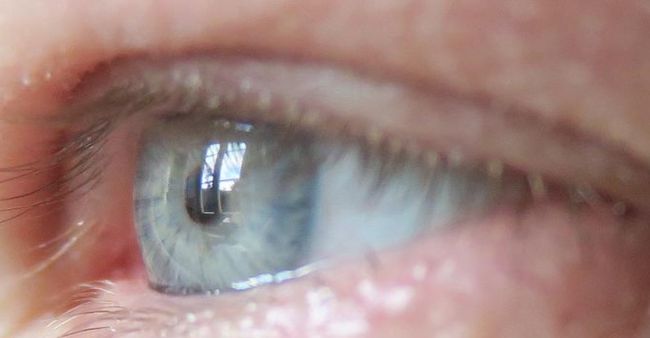Swedish researchers have developed a microscale device for implantation in the eye, opening up new avenues for cell-based treatment of diabetes and other diseases.
A team from KTH Royal Institute of Technology and Karolinska Institutet created the 3D-printed device with the intention of encasing insulin-producing pancreatic cells and electronic sensors. The study’s findings were published by the researchers in the journal Advanced Materials.
The collaboration between KTH and Karolinska Institutet makes it possible to accurately arrange microorgans in the eye without the need of sutures, such as pancreatic islets or islets of Langerhans. It presents the potential for cell-based therapy using the base of the eye, such as to treat Type 1 or Type 2 diabetes.
Anna Herland, senior lecturer in the Division of Bionanotechnology at SciLifeLab at KTH and the AIMES research center at KTH and Karolinska Institutet, says that the eye is ideal for this technology because it has no immune cells that react unfavorably in the first stage of implantation. Its transparency allows visual and microscopic study of what happens to the implant over time.
“The eye is our only window into the body, and it’s immune-privileged,” Herland says.
The device is designed as a wedge, about 240 micrometers long, allowing the structure to be mechanically fixed at the angle between the iris and the cornea in the anterior chamber of the eye (ACE). The work demonstrates the first mechanical fixation of a device in the anterior chamber of the eye.























